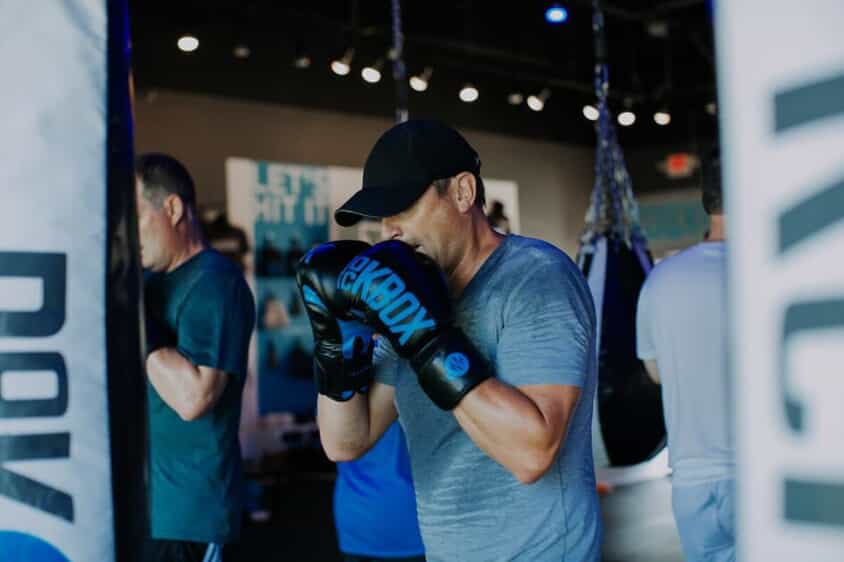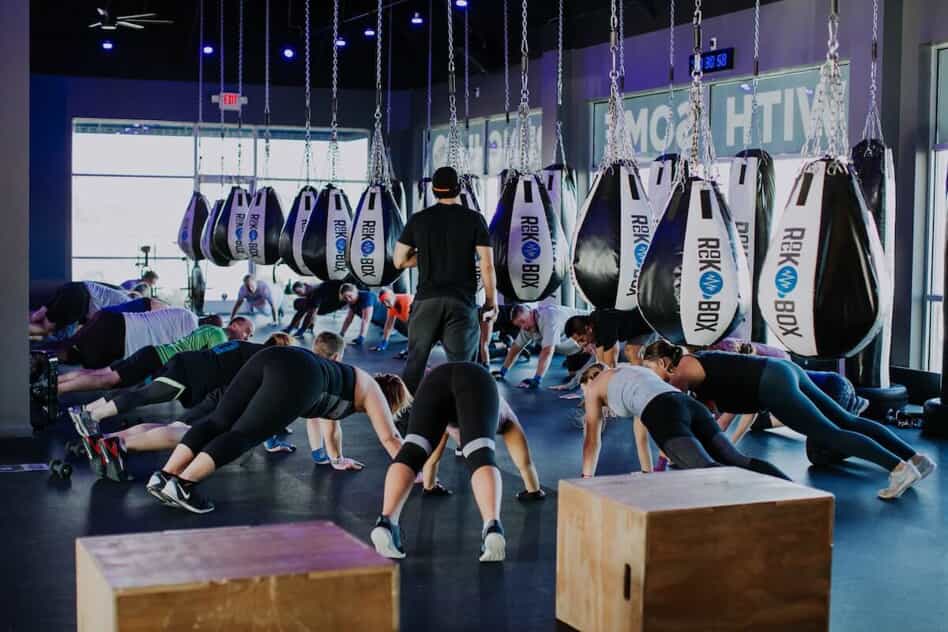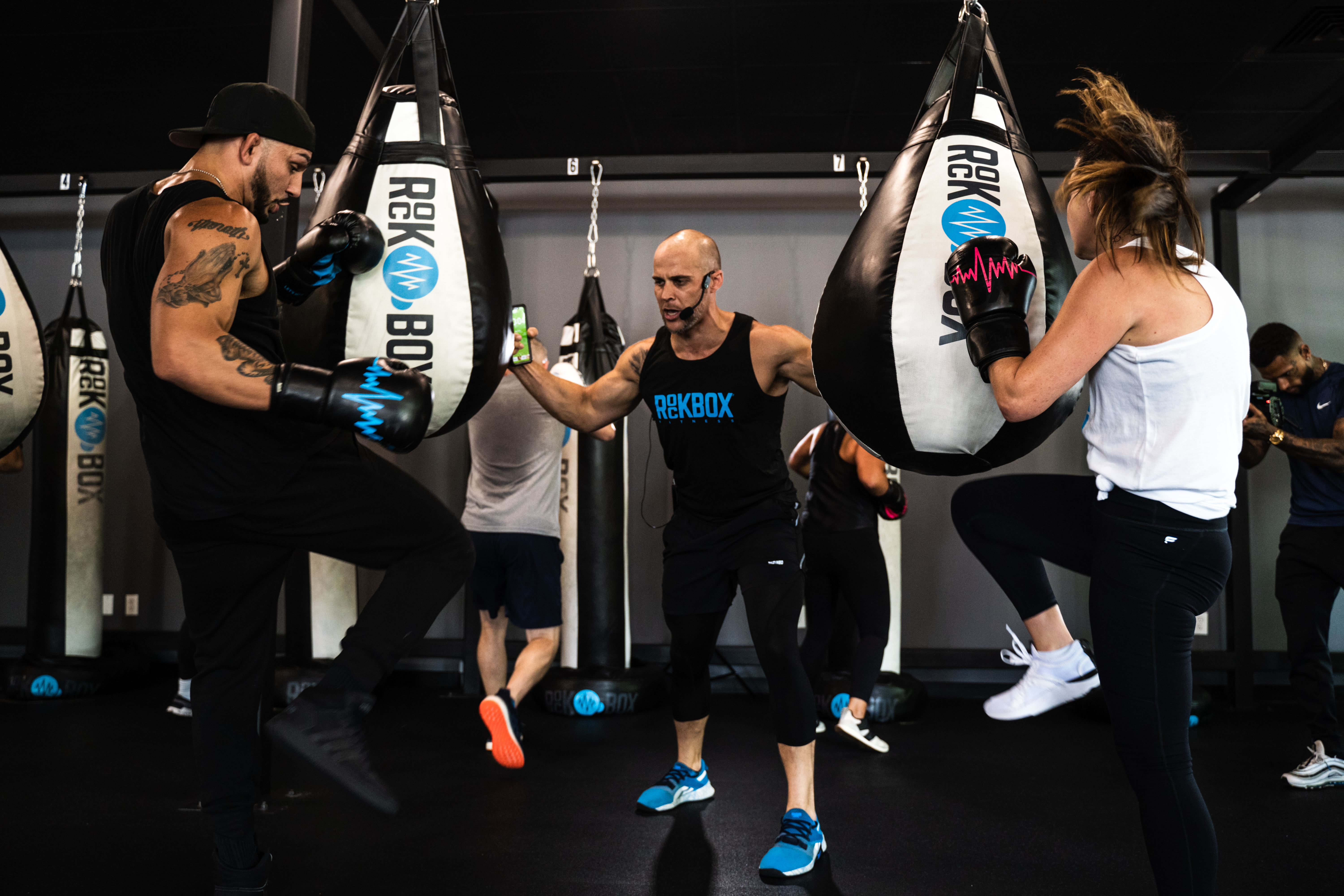Boxing Basics: Let's Hit It
By: RockBox Fitness
Boxing is the ultimate workout. If you know, you know.
This style of training is very different than that of other cardiovascular sports and strength training, but the outcomes are just as pronounced.
For someone who is new in the boxing world, the first couple of times on the bag may feel totally foreign, intimidating, and both mentally and physically exhausting. Feeling this way is totally normal, but can be remedied by simply learning and growing comfortable with the basics of the sport.
To successfully kick start any boxing journey, you will want to familiarize yourself with five foundational practices: your boxing stance, jab, cross, hooks, and uppercuts.
Check out the following position and strike descriptions, along with these tips, and develop confidence, instinctive movement, and power behind every punch.
BOXING STANCE
If you are right-handed, your boxing stance will be framed by your left leg in front and your right leg slightly behind (and vice versa if you are left-handed). Your front toe and back heel should be along the same centerline, and your hands should be up and elbows in. Your weight should be evenly distributed and your knees slightly bent. While this stance may feel foreign in the beginning, as you familiarize yourself with the sport this position will be your natural go-to.
JAB (1)
The jab is the straight punch of your less dominant hand. Extend your arm, with the fist leading, straight forward, rotating your first slightly so that your palm is parallel to the ground by the time your arm is fully extended. Be sure to move quickly and immediately pull your hand back to meet you back in your boxing stance. Think of this strike as a “set-up” for your power punch– your cross.
CROSS (2)
Just like the jab, in the cross you will extend your arm with the fist leading and with the same type of rotation. The primary difference between the cross and the jab is that your lower body plays a much bigger role in providing the power behind this punch. As you begin to throw the strike, your hips should rotate and your back foot should follow, resulting in a pivot. Incorporating the pivot of the back foot may feel odd the first couple of times, but will come naturally with time as long as you stay grounded and focus on the hip rotation.
HOOK (3 & 4)
Just like the difference between a jab and a cross, your lead hook and rear hook will flow a bit differently. Your lead hook (3) is powered as your body rotates as one singular entity. With your elbow tight and your arm nearly parallel to the ground, rotate your body so that your hook would meet an opponent in their torso area. As for your rear hook (4), just like in the cross, it will be powered by both the rotation of your body and the pivot of your back foot.
UPPERCUT (5 & 6)
To master an uppercut requires a tad bit more technicality than other strikes. The rotation of your body will mimic that of your hook, but your elbow will instead point towards the ground. Your fist will move in the upwards direction, and when you throw your rear uppercut (6), your back foot will also pivot. Be sure to keep this movement compact and engage your obliques while you are at it!
Looking to put your learnings to the test? Check out the RockBox Fitness nearest you and take your first class for free! Here you can explore the sport, build confidence, break a mean sweat, and improve your form alongside peers and with the help of certified health and fitness trainers.





